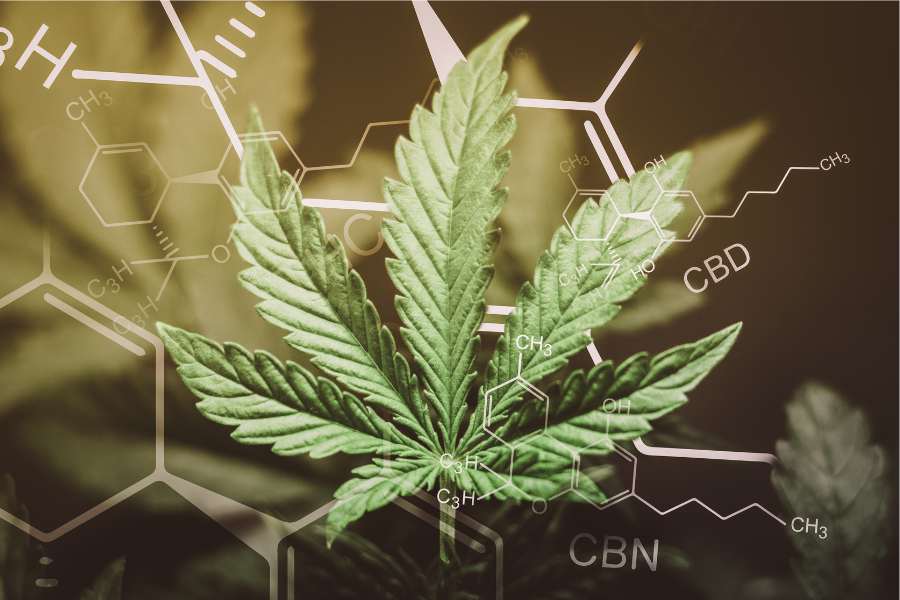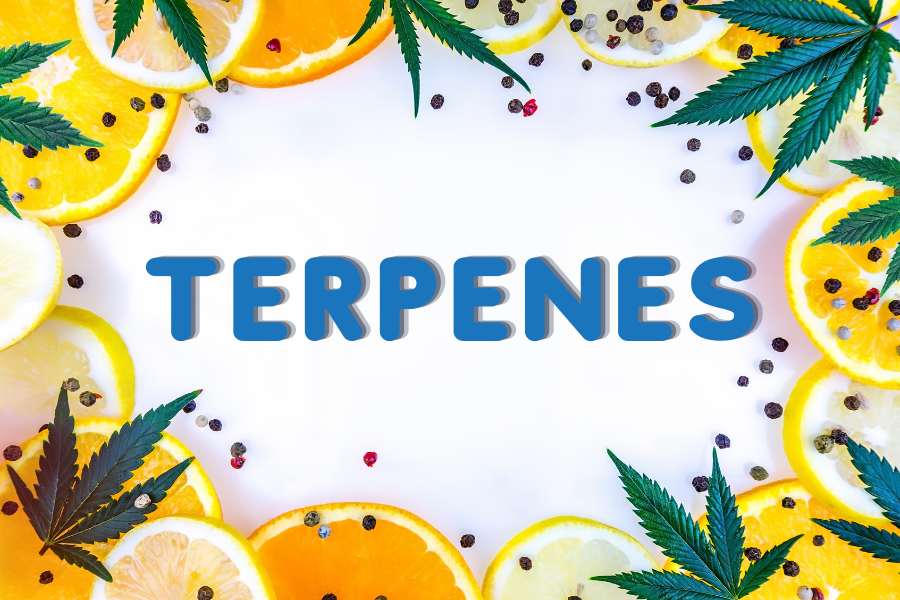Cannabinoids are a class of diverse chemical compounds that act on cannabinoid receptors in cells, altering neurotransmitter release in the brain. These compounds are prominently known for their presence in cannabis but are also found in other plants and can even be produced synthetically. This guide aims to introduce the basics of cannabinoids, their functions, popular types, and their interaction with the body’s endocannabinoid system.
What are Cannabinoids?
Cannabinoids are naturally occurring compounds found in the Cannabis sativa plant. Over 100 different cannabinoids have been identified, with THC (tetrahydrocannabinol) and CBD (cannabidiol) being the most well-known. These compounds are noted for their ability to interact with the body’s cannabinoid receptors, part of the broader endocannabinoid system, which regulates various physiological processes including pain sensation, mood, and memory.
What do Cannabinoids Do?
Cannabinoids interact with the body through the endocannabinoid system, a complex network of receptors spread throughout the body including the brain, nervous system, and immune system. The activation of these receptors by cannabinoids can influence many bodily functions, providing relief from pain, inflammation, anxiety, and various other conditions. For example, THC is known for its psychoactive effects, while CBD is more recognized for its potential therapeutic benefits without causing a ‘high.’
What are the Most Popular Cannabinoids?
While THC and CBD are the most famous, other cannabinoids like CBN (cannabinol), CBG (cannabigerol), and THCV (tetrahydrocannabivarin) are gaining attention for their unique effects and potential benefits.
- THC is the primary psychoactive component of cannabis, known for its “high” effect.
- CBD is praised for its potential therapeutic benefits, impacting anxiety, depression, and pain without inducing psychoactive effects.
- CBN is formed as THC ages and oxidizes, and is associated with sedative properties.
- CBG is considered a minor cannabinoid but is being studied for its anti-inflammatory, antibacterial, and neuroprotective properties.
- THCV is similar to THC but offers a variety of different effects, including appetite suppression and possibly the modulation of diabetes.
What is the Endocannabinoid System?
The endocannabinoid system (ECS) is a biological system composed of endocannabinoids, which are endogenous lipid-based retrograde neurotransmitters that bind to cannabinoid receptors (CB1 and CB2), and cannabinoid receptor proteins that are expressed throughout the vertebrate central nervous system (including the brain) and peripheral nervous system. The ECS is involved in regulating a variety of physiological and cognitive processes including fertility, pregnancy, during pre- and postnatal development, appetite, pain-sensation, mood, and memory, and in mediating the pharmacological effects of cannabis. The two primary cannabinoid receptors identified are CB1, predominantly found in the nervous system, and CB2, primarily found in cells of the immune system. The engagement of cannabinoid receptors with THC leads to the well-known psychoactive effects of cannabis, while CBD does not bind as directly with these receptors, leading to its variety of effects.
Understanding cannabinoids and the endocannabinoid system can be essential for anyone looking to explore the therapeutic benefits of cannabis and its constituents. This knowledge not only aids in choosing the right cannabinoid products but also in appreciating the sophisticated interaction between these compounds and our bodies.




